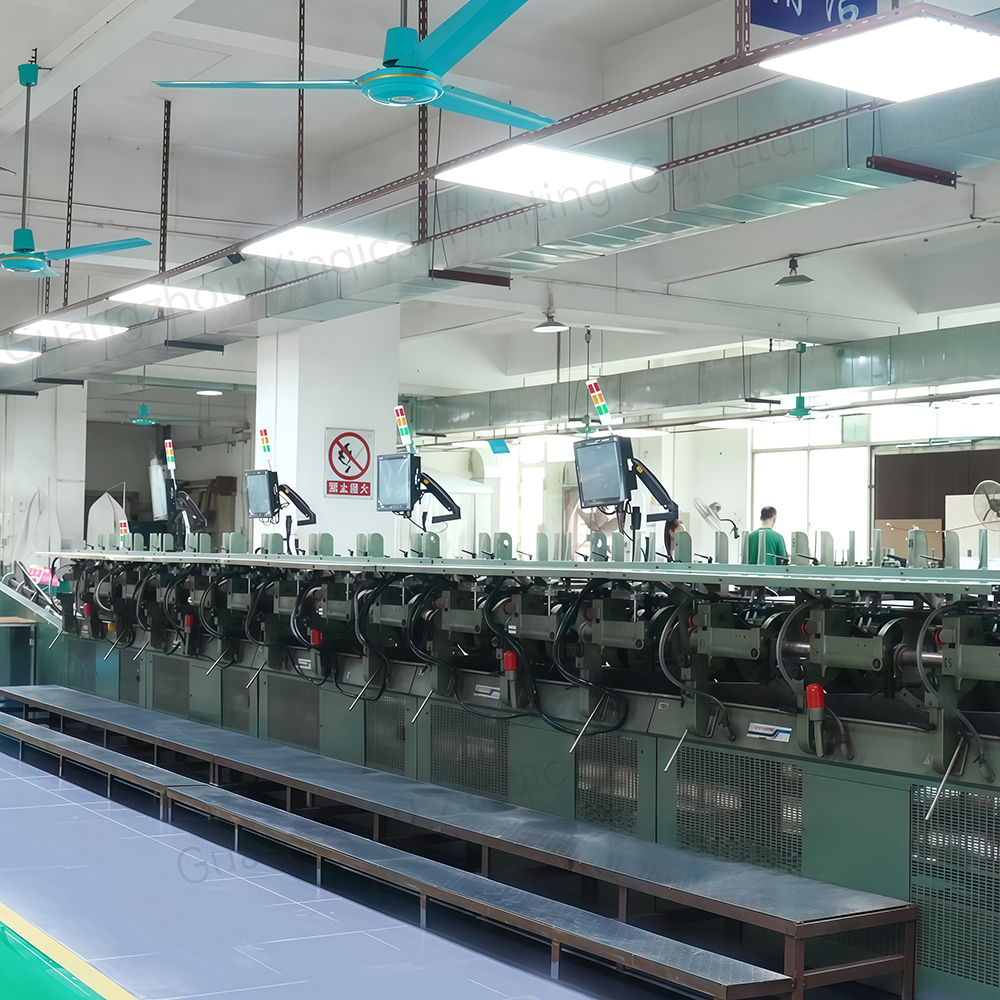
[Introduction] Printing press speed is one factor influencing printing production efficiency. A factory in Zhejiang Province previously operated its presses at 80 sheets/minute. After improvements, they were able to increase this to 180 sheets/minute. How was this achieved?
At 80 sheets/minute, with 400 minutes of actual daily operation, the daily production volume was 32,000 sheets. If this speed could be increased to 180 sheets/minute, with the same 400 minutes of production, the daily production volume would be 72,000 sheets, a 125% increase in productivity. This would significantly improve production efficiency and reduce costs.
Main factors limiting printing production speed:
1. Product quality: Printing de-inking and printing slot misalignment;
2. Staff not loading paper in time.
If these two issues can be resolved, virtually all printing presses can significantly increase production speeds. Here's an analysis:
Quality Issues
In the early days, the factory's printing presses maintained a relatively low production speed. The company owner, through the equipment company, learned from a similar factory that a similar press was running at 150 spm, but discovered that the press was only running at 80 spm and wouldn't go any higher. Upon investigation, the press operator explained that running faster resulted in ink de-inking, slotting, and misalignment. So, they began addressing these issues one by one:
De-inking
The company contacted the ink supplier and the printing equipment manufacturer to discuss the de-inking issue. On-site testing revealed that the ink currently used was a 25-second No. 4 cup ink. The ink supplier reduced the ink viscosity and added a desiccant to improve drying. By gradually reducing the ink viscosity from 25 to 12 seconds, the press could reach a speed of 150 spm. The equipment manufacturer then adjusted the scraper angle from 30 degrees to 45 degrees to reduce the amount of ink applied. After adjustments, the production speed reached 180 spm, but misalignment was still present.
Printing slotting misalignment
Similarly, the company called in the equipment manufacturer to discuss improvements. They first checked the clearance values in the conveyor system and discovered uneven gaps between the press's paper rollers, making them non-parallel. After adjusting the gaps between the rollers, the press could maintain a speed of 150 sheets per minute. However, even at higher speeds, the press still misaligned. The company then made improvements to the printing plate, applying paper sponge to the platen and adding sponge and paper guide rods to the slotting unit. This allowed the speed to reach 180 sheets per minute.
Printing press speed has long been a concern, but improvements often reveal numerous problems, making it difficult to identify where to begin. Solving the problem requires engaging with all stakeholders, discussing each issue individually, and verifying implementation. This, in turn, can ultimately lead to increased speed.

